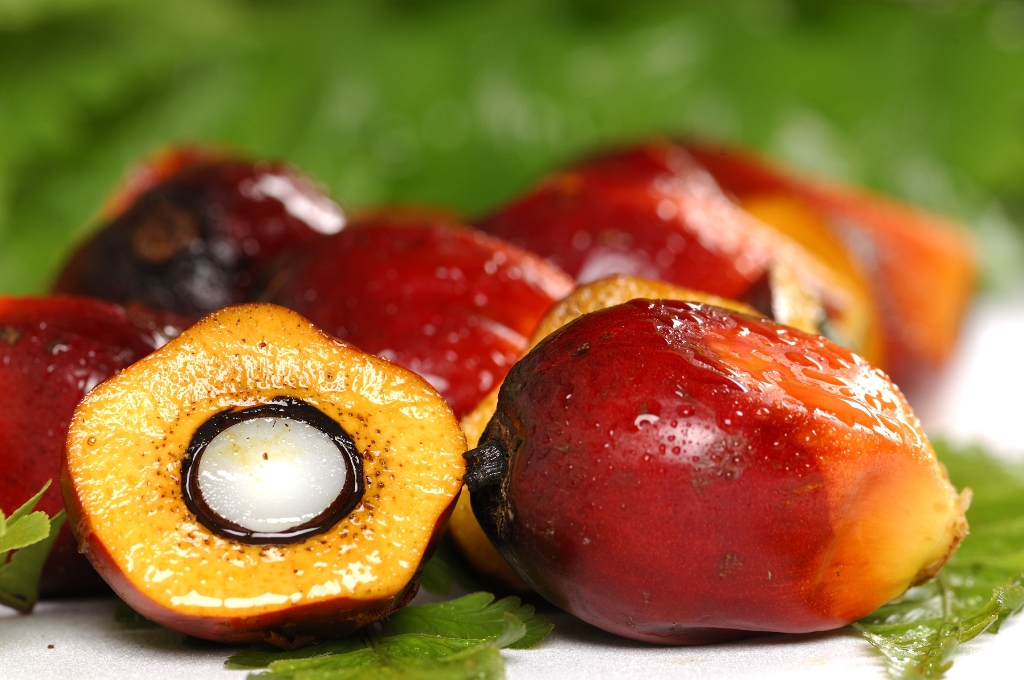An agricultural product that’s both critical and criticised, palm oil is at a crossroads. Chad Merchant has studied the industry for years and is encouraged by Malaysia’s emergent role in promoting sustainability and responsibility in the palm oil industry – one that’s important not just to its own economy, but to the world’s population as a whole.
I still remember my first visit to Malaysia. As the plane lined up for the final approach to Kuala Lumpur International Airport, I looked out the window and saw vast tracts of trees, all lined up neatly. As we dipped lower and lower, I could make out more details and remember thinking that these trees were attractive; certainly very palm-like and tropical-looking. That was over a decade ago, and what I didn’t know then was that I was looking at but a small parcel of Malaysia’s then-burgeoning palm oil industry. The trees, of course, were oil palms (Elaeis guineensis), and as I made the transition from tourist to resident, I learned more and more about the importance of this tree to the country and her people.
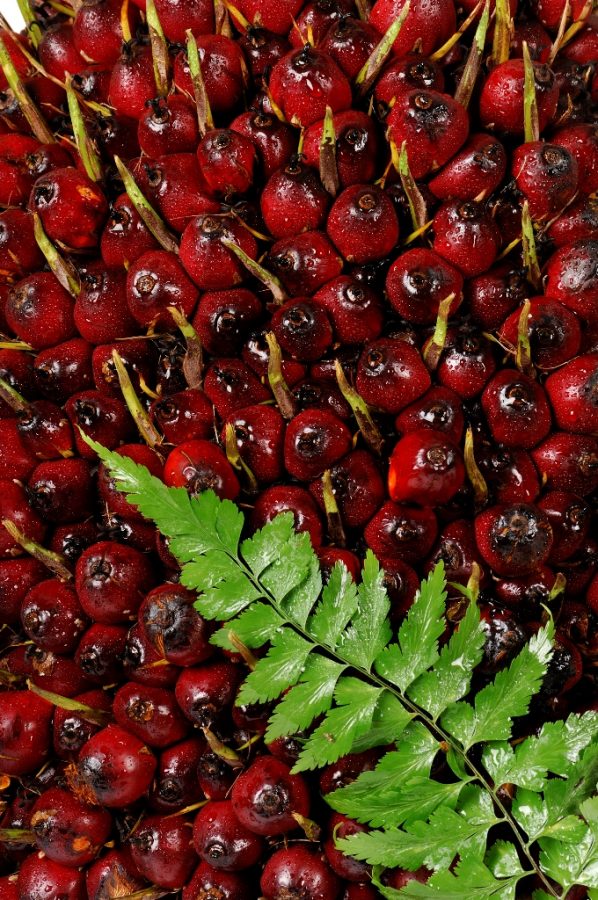
The oil palm was introduced to what is now Peninsular Malaysia in the late 1800s by the British, who brought it to be used chiefly as ornamental foliage. It didn’t take long before the commercial value of the tree was understood, and in 1917, the first oil palm plantation was planted in Tennamran Estate, Selangor. A century later, Malaysia is among the world leaders in the production and export of palm oil, with roughly 5.8 million hectares of Malaysian land under the cultivation of the large, bushy palms as of 2018. These trees produce some 19 million tonnes of palm oil a year, along with about 2.1 million tonnes of palm kernel oil.
A Stunningly Productive Crop
The oil palm can grow to a rather large size, but care is taken in plantations to keep the height to a level at which workers can still reach the fruits without having to rely on special equipment. Each tree carries both male and female flowers, and produces tightly-packed clusters of fruit which can weigh up to 25kg and bear up to 3,000 individual fruitlets. Once the tree is mature enough to start bearing fruits, it will continue to do so, fairly prolifically, for the next 20 to 30 years, producing 12 large bunches of fruit per year.
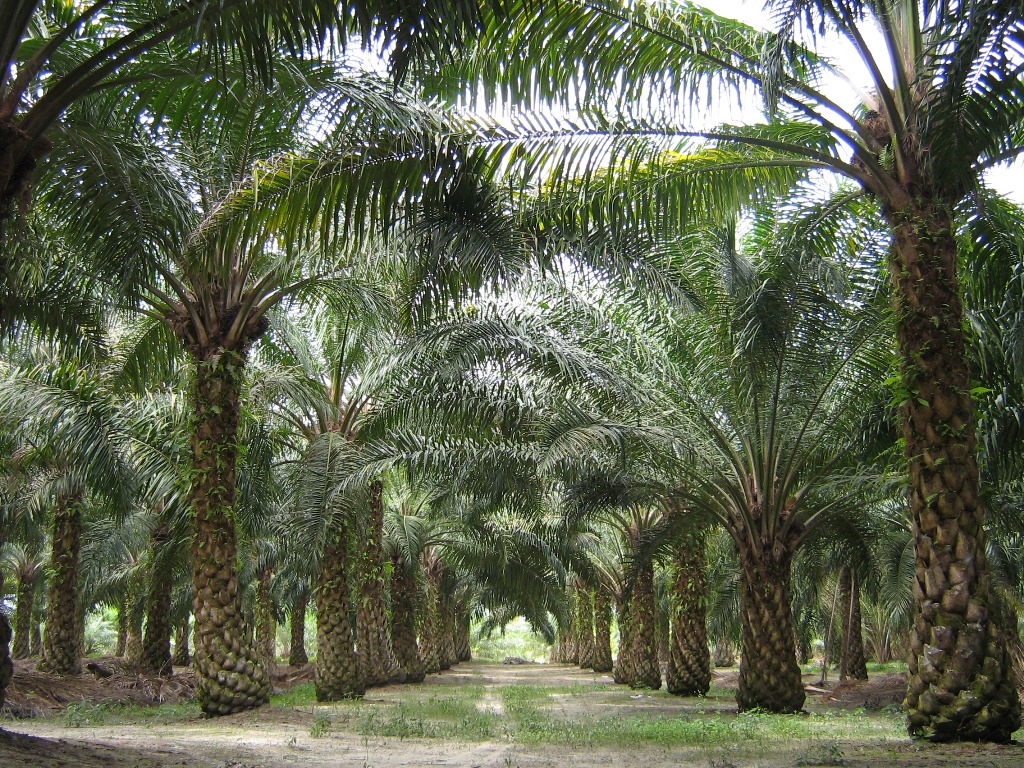
Think of a familiar fruit, such as a peach. The outside part of the peach – the “skin” – is its endocarp, and of course the peach pit is its seed. The actual flesh of the peach is the mesocarp. The fruit of the oil palm is very much like this, and it’s the flesh that is pressed for its precious oils. However, an oil palm tree can be amazingly productive relative to other fruits, and certainly to other edible oil crops. In the course of a year, a single palm can yield over 30,000 individual fruits, and the oil palm is well-regarded as the most efficient oil-bearing crop in the world, as shown here:
| Crop | Hectares Required For 1 Tonne of Oil |
| Palm oil | 0.26 |
| Soybean | 2.22 |
| Sunflower | 2.00 |
| Rapeseed | 1.52 |
To put this in better perspective, one hectare of corn will yield about 172 litres of oil. That same hectare planted with soybeans will yield about 446 litres of oil. Olive trees will produce about 1,212 litres per hectare. And what about palm oil? One hectare under oil palm cultivation can yield a staggering 5,950 litres of oil, over 13 times the yield of soybeans. No other oil-bearing crop even comes close. And beyond its usefulness as a relatively healthy vegetable oil for frying and cooking, palm oil is also an incredibly versatile product, used in everything from cosmetics to personal hygiene products to a huge array of processed foods. You may not be specifically shopping for palm oil when you visit the grocery store, but whether you’re in Kuala Lumpur, Paris, or Los Angeles, when you leave the store, chances are, you will nevertheless have a plentiful amount of it in your bags.
A Crop Under Fire
For all of its positives, though, palm oil exists under a very critical lens. Vast tracts of land are required to grow the crop and supply a seemingly insatiable global demand. Because the palms are grown in tropical regions, critics say, palm oil is responsible for the clear-cutting of jungles and its attendant habitat destruction. However, couldn’t the same be said for the entire city of Kuala Lumpur? After all, until humans came in and decided to build a city at the confluence of the Klang and Gombak Rivers, the entire area was nothing but jungle. And similarly, according to palm oil proponents, what of the different oil-bearing crops grown in other countries, such as corn, soybean, and sunflower? The land that supports those crops was once very much different, too. In the United States, vast areas of native grasslands were – long ago – plowed under to create farmland. Similarly, boreal forests in parts of Europe were converted to agricultural land many centuries ago.
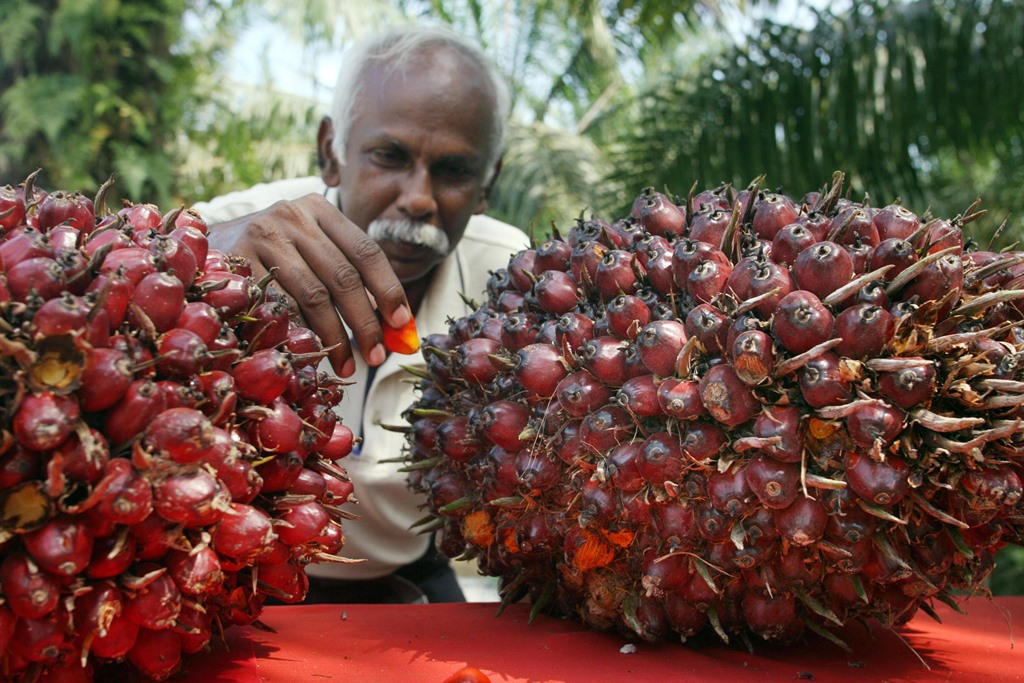
To be fair, tropical rainforests support a far richer depth of diversity than a field of grass, so it’s understandable that critics are looking to palm oil to play the part of the villain. But realistically speaking, as long as people consume edible oils, there will be a need for the crops that produce these oils. Malaysia’s climate is ideally suited for the oil palms, and the crop itself is phenomenally productive. In the end, palm oil itself is not the problem, but when it comes to the production of it, there is, admittedly, much room for improvement.
A Sustainable Future?
The Roundtable on Sustainable Palm Oil (RSPO) was founded in 2004 with the aim of promoting the growth and use of sustainable oil palm products, using global standards and enforcement among its stakeholders. It all sounded good, but this too, soon came under considerable fire for having standards that were not at all stringent, and then failing to enforce even those lax metrics. Tales of forced labour surfaced, along with illegal child labour, and the 11th annual RSPO meeting, held in 2013, was crashed by a group of largely Indonesian oil palm plantation workers. A study whose results were published in that same year detailed numerous abuses and a “flagrant disregard for human rights at some of the very plantations the RSPO certifies as ‘sustainable’.” Critics also bemoaned the fact that RSPO members were permitted to clear cut and burn areas of pristine forest for oil palm plantations when large tracts of grassland were readily available. Clearly, a lot of work needed to be done to dispel the credible notion that the RSPO was nothing but window dressing and greenwashing.
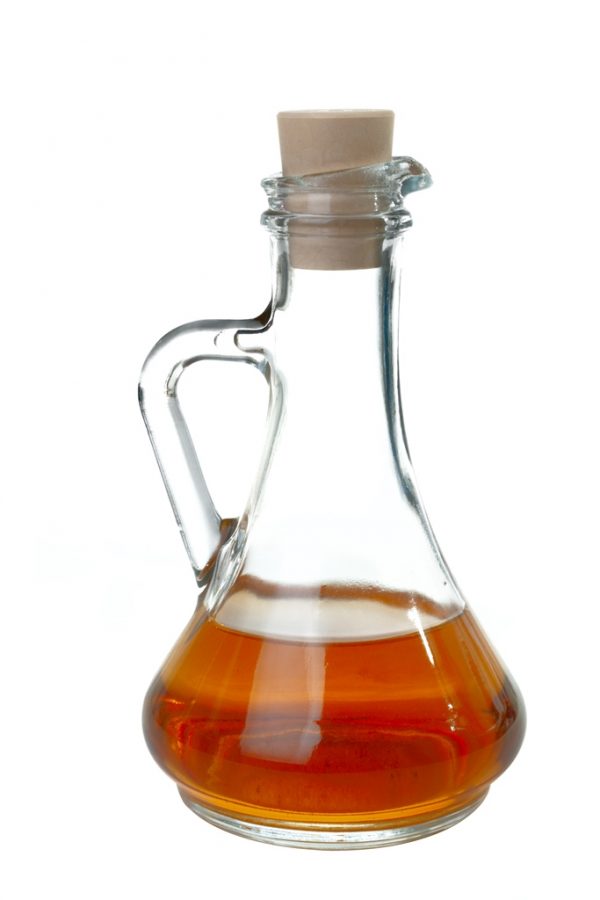
Fortunately, things are improving. The RSPO has put forth stronger guidelines for its stakeholders and sustainably produced palm oil is now widely available in the market. A lot more needs to be done, but incremental progress is still progress, and many of the signs are encouraging.
Malaysia’s Leading Role
Malaysia is the world’s number two producer of palm oil, and the importance of this agricultural crop to the country’s economy – and to many of the smallholders who have been lifted out of poverty thanks to the industry – cannot be overstated. Malaysia and Indonesia together account for about 85% of the world’s production of palm oil.
The Malaysian palm oil industry is actually recognised as setting the standards for the world in sustainability, and while recent interventions have served to monitor the practices involved in the process, the Malaysian palm oil plantations have long been managed with sustainability in mind.
Palms are oftentimes planted on land reclaimed from defunct rubber, cocoa, and coconut plantations, ensuring that vast swaths of Malaysia’s virgin rainforest remain intact. While every country has a right, and indeed a need, to set aside some of its land for agricultural use, Malaysia has pledged to keep 50% of its land preserved under permanent forest. And since the oil palm plantations here are all on legally designated agricultural land outside of that pledged forest land, it is good that the crop grown is such a sustainable, high-yield crop.

Overall, oil palm plantations currently account for less than 15% of Malaysia’s total land area. The benefits of this modest investment, relative to total land area, are enormous, both to the country as a whole, and to her people, right down to the individual level of workers in the industry.
In March 2019, Primary Industries Minister Teresa Kok proposed to the cabinet to cap Malaysia’s oil palm plantations at 6.5 million hectares by 2023, saying it would be a meaningful step to help the local industry dispel negative perceptions by certain quarters in the European Union (EU) regarding the country’s approach to palm oil. In calling for this and additional transparency in the industry, Kok said, “We are hopeful that palm oil will not be phased out in the EU due to the ongoing anti-palm oil campaigns and lobbyists. We should rather improve the palm oil yields and enhance the research and development for the oil palm seeds instead of expanding the plantations areas.”
This is an important step, because in the last five years, the land under oil palm cultivation has grown from 4.5 to 5.8 million hectares, a completely unsustainable pace. Capping it at 6.5 million hectares and looking to technology to improve yields and increase efficiency in production is a much more agreeable and meaningful strategy than continuing to clear land and plant more palms.
Kok added that her ministry would continue working with the industry’s downstream players to plant more trees to restore tracts of forest, and would engage with wildlife experts and sanctuaries to protect and preserve endangered species.
Sustainability is the watch word for this generation. But it’s more than a social media hashtag; sustainability is the only solution to the realities of an increasing population depleting our planet’s finite resources. Making responsible decisions and choosing sustainable products and crops are ways to ensure that the earth’s store of supplies will be around to feed and support the children who come after us, as well as their children who follow.
Equally important is a shift to reduced consumption. Many of us buy things we don’t need and in some cases, don’t even use. A lot of these items (such as candy bars, assorted junk foods, and unnecessary cosmetics) use palm oil. Simply reducing our own personal consumption of such items results in reduced demand, which in turn eases the pressure on the continuing plunder of rich forest lands for conversion to oil palm plantations.
That conversion activity carries a high cost, too, beyond the obvious loss of diverse and critically important rainforest habitat. Across the region, millions suffer from the near-annual haze events that result from farmers slashing and burning forests and peatland to plant oil palms, primarily on the islands of Sumatra and Borneo. Every time the haze settles in, Malaysia and Indonesia embroil themselves in endless blame games, yet little ever changes. Consumers have more power than they think, and can directly impact the industry by cutting the demand. It would also be good to see the respective governments of both countries get truly serious about penalising the companies and individuals who engage in the burning.
It’s encouraging to see Malaysian authorities focusing on improving crop yields, emphasising sustainability, and making careful, conscientious decisions for the future of palm oil here. It’s not all sunshine and roses, of course, and critics and environmental groups are right to keep a careful and wary eye on the industry. But Malaysia should stand proud in the fact that its major commodity produce, palm oil, can serve as a shining example of the country’s ability to engage in sustainable agricultural practices that are also highly effective in helping to feed the world’s hungry population.
"ExpatGo welcomes and encourages comments, input, and divergent opinions. However, we kindly request that you use suitable language in your comments, and refrain from any sort of personal attack, hate speech, or disparaging rhetoric. Comments not in line with this are subject to removal from the site. "


